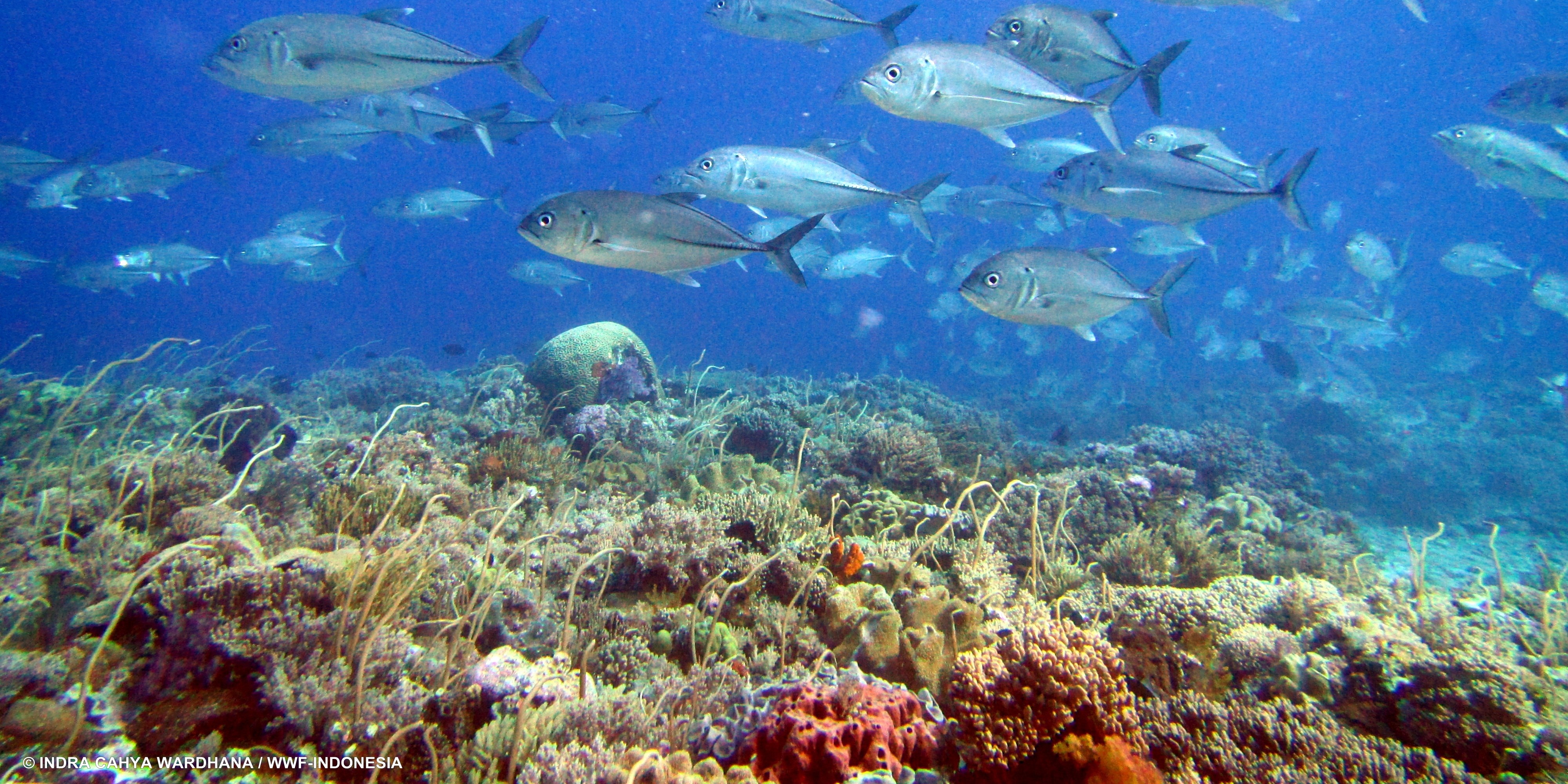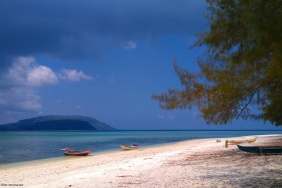#XPDCMBD NOTES: WONRELI VILLAGE AND YAMURU HAMLET
Author: Nara Wisesa (WWF-Indonesia)
Wonreli village is very large and is the center of the sub-district. The Darat team reported to the sub-district office, but the head of the sub-district and the village head were on business in Tiakur. After reporting at the sub-district office, there were three sub-district employees, including staff from the Kisar Fisheries Technical Implementation Unit (UPTD), who accompanied the Land Team to survey the fish market to meet some fishermen. Key informant interviews (KIIs) also took place during the fisheries survey at the fish market. Upon completion, the Land Team responsible for the fisheries survey broke away to the harbor to wait for the fishermen to return to sea.
Meanwhile, the Land Team for the social survey had to return to the ship because according to the sub-district employees, the villages/hamlets on Kisar Island were very far away and would take a lot of travel time. But the Land Team was very lucky, Hellen (Unpatti) managed to convince the three employees of the Kisar Fisheries UPTD so that the Land Team could visit one of the hamlets closest to Wonreli Village, namely Yamuru Hamlet. Coincidentally, one of the KIIs we met at the fish market also came from that hamlet. Yamuru Hamlet is located about seven kilometers to the north of the center of Wonreli Village, where the majority of the population farms and fishes, when possible.
When arriving in Yamuru Hamlet, there were very few residents willing to come to the Village Hall to participate, making it impossible to conduct a full focus group discussion. Therefore, the Land Team decided to conduct small group discussions led by Hellen and mapping discussions by Novi (WWF-Indonesia). While Nara (WWF-Indonesia) conducted a village profile interview with the Head of Yamuru Hamlet (Kadus), and Hakim (KKP) conducted KII. Meanwhile, Damora (WWF-Indonesia) and Budi (KKP) separated themselves using ojek to visit the fishermen group near the harbor.
After the activity was completed, the Land Team caught up with the members who were taking fisheries data at the port. But they were very surprised when Igna (KKP) and Niar (IPB) informed them that none of the fishermen had returned from fishing all day. Some team members then decided to return to the ship first, while others stayed at the harbor longer to wait for incoming fishing boats. Based on the results of interviews, market and harbor surveys, the main fishery commodities on Kisar Island are small pelagic fish such as momar; fly; julung-julung, as well as large pelagic fish such as tuna and skipjack.
There are some interesting facts about both Wonreli Village and Yamuru Hamlet. One of them is the information obtained by Hellen. It turns out that there is still a division of customary areas based on petuanan, so that for people who violate, they will receive customary sanctions. Fishermen who go to sea are only men, while the women wait for the fishermen to return from fishing.
But there are also some very unfortunate facts, such as the discovery of sand mining on the west coast of Kisar Island, around the harbor. Although for village development purposes, this mining is causing abrasion. But because the island is a coral island, the coral used for this development is inland limestone and does not take coral from the sea. There is also information that around the 1980s, there was an extermination of lola (a type of sea shell) and batulaga (a type of sea snail) in Kisar, but it is no longer enforced. Therefore, the lola and batulaga that are still around Kisar are now estimated to be very few in number.





